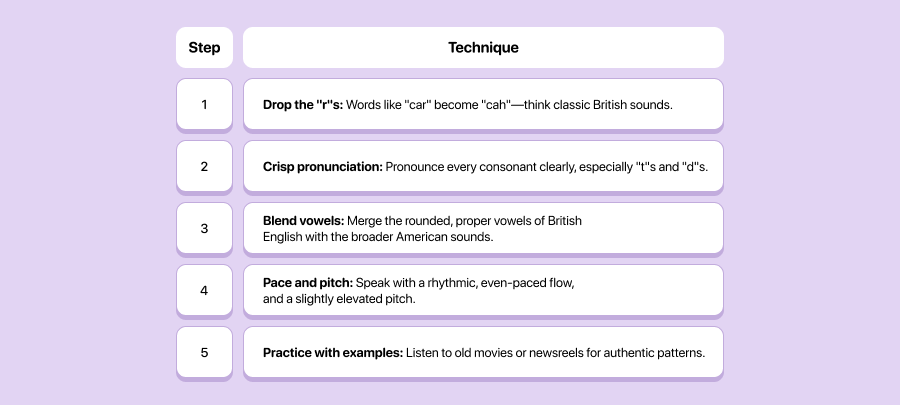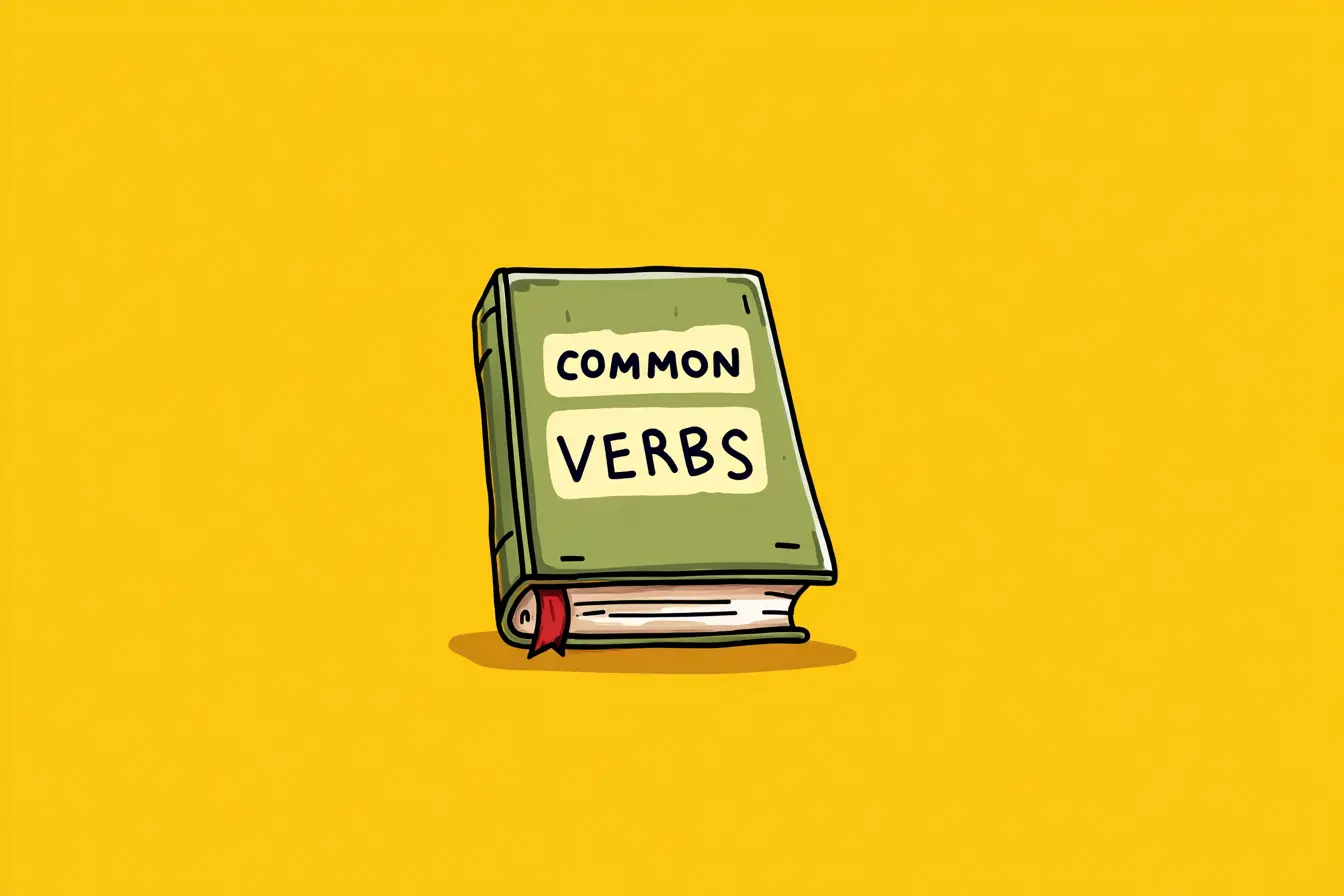Imagine a voice that sounds neither fully American nor fully British, but somehow perfectly polished, elegant, and timeless. That's the magic of the transatlantic accent — a cultivated way of speaking that once dominated the golden age of film, theater, and high society. Although it's rarely used today, its unique charm still captures the imagination of linguists, actors, and language lovers. Let’s dive into this fascinating phenomenon!
The Origins of the Transatlantic Accent
The transatlantic accent (sometimes called the mid-Atlantic accent) is not tied to any one country. Instead, it was deliberately taught to sound like a blend of American and British English. It featured crisp enunciation, non-rhoticity (meaning dropping the "r" sounds, like many British accents), and an overall sense of refined speech.
Unlike regional accents that develop naturally over time, the Atlantic accent was an acquired style, taught in elite schools and acting classes, especially in the early 20th century.
In short: it was the speech of the silver screen, stage performances, and the educated upper class—more about status and performance than geography.
The Decline of the Transatlantic Accent
You might wonder: if it was so polished, what happened to the transatlantic accent?
Several factors led to its decline:
- Cultural shifts: After World War II, American society began to value authenticity and regional identity over the perceived snobbery of cultivated speech.
- Hollywood's evolution: Film industries moved toward more "naturalistic" acting and regional accents, making characters feel more relatable to audiences.
- Educational changes: Schools stopped formally teaching the accent as part of public speaking courses.
As a result, this accent became a relic of a bygone era, preserved mostly in old movies and radio broadcasts.
What About the North Atlantic Accent?
You might also hear people mention the North Atlantic accent, but here's the thing: it's not an official linguistic term. Most of the time, when people say "North Atlantic accent", they actually mean the transatlantic accent. There's no separate "North Atlantic" way of speaking — it's just a common mix-up! So if you're curious about the polished, old-fashioned way of speaking you hear in classic movies, you're definitely looking for the transatlantic (or mid-Atlantic) accent.
A Simple Guide to Doing the Transatlantic Accent
Want to channel your inner Katharine Hepburn or Cary Grant? Here's a beginner-friendly guide on how to do a transatlantic accent:

Famous Transatlantic Accent Examples
Want some inspiration? Here are the most famous examples of the transatlantic accent:
🎬 Katharine Hepburn — One of the queens of Hollywood's Golden Age, her voice perfectly embodied this hybrid style: clear, clipped, musical, and undeniably sophisticated.
🎬 Cary Grant — Although originally from England, Grant’s screen persona used a carefully polished mid-Atlantic accent, blending his British roots with American influences.
🎬 Orson Welles — His performances, especially in "Citizen Kane," showcase elements of the transatlantic style at its most powerful.
Even though you don't hear it in everyday life anymore, the transatlantic accent still symbolizes a certain kind of old-school glamour and sophistication. It reminds us of a time when speech was an art form, deliberately crafted to charm, impress, and inspire.
If you’d like to learn more about the international use of English, we have the perfect article for you!
FAQ
What is a transatlantic accent?
The transatlantic accent (also known as the mid-Atlantic accent) is a deliberately learned style of speaking that blends American and British English sounds. It was never tied to a specific place, but rather taught to sound elegant, polished, and sophisticated, especially for actors, high society, and public speakers in the early 20th century.
What Happened to the Transatlantic Accent?
The transatlantic accent gradually faded away after World War II, as American culture shifted toward valuing authenticity and natural regional speech. Hollywood began favoring more relatable characters with real-world accents, and schools stopped teaching the accent formally. Today, it's mostly heard in old movies, theater, and period performances.
How to do a transatlantic accent?
To speak with a transatlantic accent, start by dropping your "r" sounds (like British English), pronouncing consonants crisply, blending vowels from both American and British speech, and keeping a rhythmic, polished pace. Studying old films and practicing famous speeches aloud can help you master the style.
















